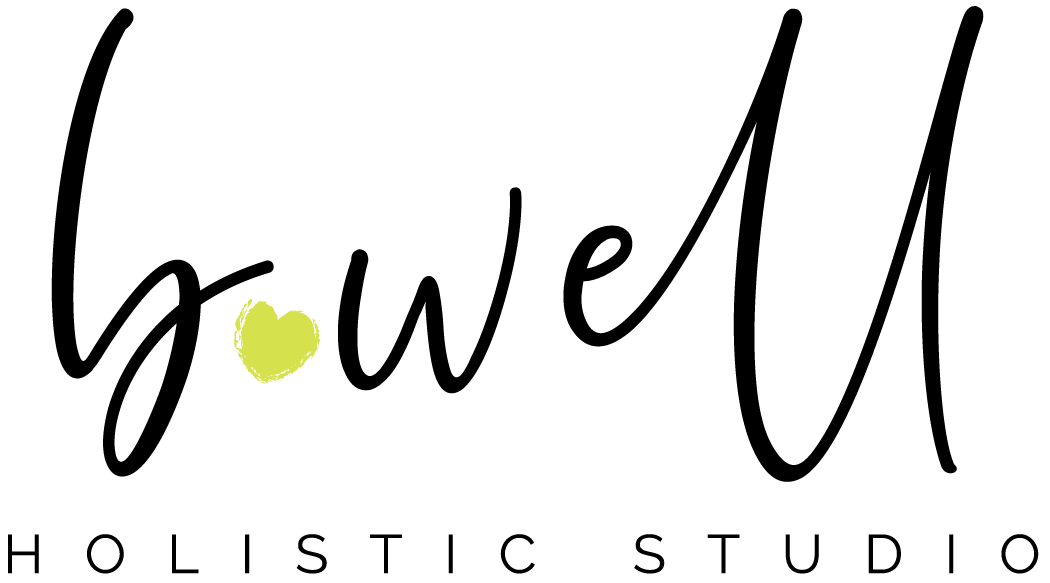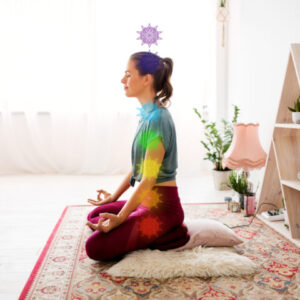
Yoga teachers are trained to deliver safe practices to their students and to create spaces that are supportive for all. Teachers do their best to cater to as many individuals as they can, but a way to make your practice as safe and supportive for you as possible is to communicate with your teacher.
Knowing where you’re at (physically and mentally) can help your teacher determine what poses, breathing techniques, and topics to cover in a class. The more your teacher knows, the more they can help you. I highly encourage you to speak to your teacher before class for the benefit of your own practice, no matter if it’s a group class.
These five things are either a must or very much so recommended to share with your teacher:
If you have an injury or are recovering from an injury or surgery
Many people are referred to yoga by doctors or other medical professionals for pain or to help recover from injuries. But just because it’s recommended, doesn’t mean that yoga is a cure all! There is much to be mindful of during a yoga practice and if you are dealing with an injury or recovering it is essential that you protect your body during its healing stage.
Depending on the injury it may be recommended that you just don’t practice yoga at all, or to take a more gentle style such as yin. Other times a mindful “fix” could be simple. A bad wrist can be protected by making a fist instead of your palm flat on the floor.
What is most important is that your yoga teacher is aware of any injuries that you may have so that they can give you modifications before or during a class to prevent the injury from getting any worse.
What your preference is for physical assists
Hands-on assists are a great way for a teacher to correct, deepen, or emphasize an area of the body in a pose. They can help you lengthen, ground, and release in ways that you may not have before. Assists are a tool to use in a practice but not essential so do not feel that you need them in order to have a great yoga practice.
Some teachers use hands-on assists a lot more than others. Some days teachers use physical touch to help guide students into poses more frequently than another. You are always more than welcome to approach your teacher before a class and tell them what your preference is for assists.
Telling your teacher before class if you like assists or not gives them a heads up that is much appreciated. You will not be judged on whether you want assists or not, and know that this can change day to day as well, that’s completely normal!
If you are pregnant (and what stage of your pregnancy you’re in)
It is extremely important that you tell (or even remind) your yoga teacher that you are pregnant as modifications and certain poses all together are not recommended when you are pregnant. Recommended poses can even change depending on what trimester you’re in. For example, lying on your back during your first trimester is okay, but should be limited or avoided from the second trimester onwards. Twists in general should be practiced with caution, and you should lay on your left side instead of your right.
These are tips your teacher can discuss with you before a class, or sprinkle in as you’re being guided through a class. If you are not specifically in a pre-natal class your teacher will be very happy when you share with them that you are pregnant and need tips for practicing safely. Letting them know that you are already aware of ways in which you can modify your practice is great for teachers to know too.
If it’s your first time practicing yoga or it’s been a long time
There is no reason to be ashamed for practicing yoga for the first time ever or if it’s been a really (really) long time! Your teacher will love to offer more tips to help you get back into the swing of things or detail how to get into poses. Safety is a top priority for yoga teachers and they want to make sure that all their students get into poses that work best for them.
This tip also goes for new styles of yoga. If you’ve never practiced yin before, tell your teacher. If you’re showing up to a class called gentle but don’t know exactly what it entails, ask your teacher. Knowing what you’re practicing will help you get even deeper and more connected to your practice.
If there’s anything that you’re craving
Not a necessity, but there’s certainly something to be said for a yoga class that is more tailored to exactly what you need that day. The whole yoga sequence may not be focused on what you need, but a teacher can certainly add in a few poses to help you find release and opening in specific areas.
Some things you could share with your teacher is if there is a particular area of your body that you’re feeling tight in such as shoulders, hips, tightness across the chest or between your shoulder blades. Or if any emotions are present (and maybe bothering you) such as stress, anxiety, or anger.
Sharing with your teacher will help you deepen your yoga practice, make it more personalized to you, and create connection not only with your teacher, but yourself too. And that’s what yoga is really all about, creating a connection between your mind, body, and soul.




